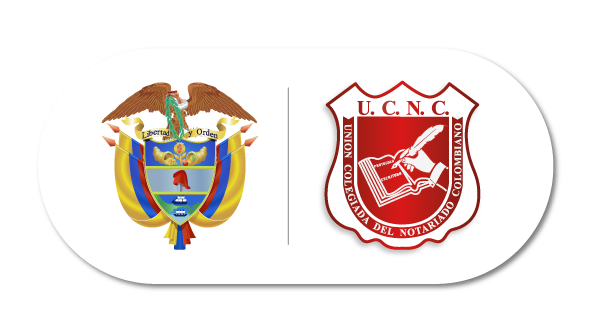The bank reported a balance of $9,970 and yet the records of Paul’s Plumbing show a balance of $11,800. You must post the journal entries of all the adjustments made to the balance as per the cash book. Bank reconciliation is the process of comparing the balance as per the cash book with the balance as per the passbook (bank statement).
Without bank reconciliation, the bank book balance and bank statement balance of the company will never match. Similarly, without bank reconciliation, the company cannot identify any expenses that the bank may have charged to the bank account. Therefore, the expenses of the company will be misstated and go against the prudence concept of accounting.
This relatively straightforward and quick process provides a clear picture of your financial health. Consider reconciling your bank account monthly, whether you set aside a specific day each month or do it as your statements arrive. Keeping accurate records of your bank transactions can help you determine your financial health and avoid costly fees. Using this simple process each month will help you uncover any differences between your records and what shows up on your bank statement. Bank reconciliation done through accounting software is easier and error-free. The bank transactions are imported automatically allowing you to match and categorize a large number of transactions at the click of a button.
If a bank reconciliation is off by a very small amount, it is usually due to rounding errors. Similarly, it can also be because the preparer of the bank reconciliation has missed some expense from the bank statement. Generally, it is a good idea to prepare the bank reconciliation again and pay attention to even small amounts and not rounding off figures obtained from the bank statement. It is also a good idea to mark any expenses that have already been included in the bank reconciliation statement to avoid any errors.
How to do a bank reconciliation
In addition to ensuring correct cash records, the bank reconciliation process also helps in keeping track of the occurrence of any form of fraud. Such insights would help you as a business to control cash receipts and payments in a better way. In this day of electronic banking, many people believe completing a bank reconciliation is no longer necessary. Outstanding checks are those that have been written and recorded in cash account of the business but have not yet cleared the bank account. This often happens when the checks are written in the last few days of the month. ABC Co. can start from the adjusted bank book balance and adjust the timing differences to it to reach the bank statement balance.
- The bank will debit your business account only when the bank pays these issued cheques.
- The frequency of reconciling bank statements depends on the size and complexity of the business and its transaction volume.
- Create a reconciliation statement summarizing the adjustments made and explaining any differences between your records and the bank statement.
- In other words, the adjusted balance as per the bank must match with the adjusted balance as per the cash book.
The easiest way to check for this is to print a check register for the month and compare it to the checks that have cleared the bank. Any checks that have been issued that haven’t cleared the bank must be accounted for under your bank balance column. The deposit could have been received after the cutoff date for the monthly statement release.
Starting with an Incorrect Opening Balance:
Additionally, many businesses are required by law to reconcile their bank accounts on a regular basis as part of their financial reporting obligations. In order to prepare a bank reconciliation statement, you need to obtain the current as well as the previous month’s bank statements and the cash book. As mentioned above, the process of comparing your cash book details with the records of your business’ bank transactions as recorded by the bank is known as bank reconciliation.
Errors Committed by your Business While Recording Transactions
Bank reconciliation statements compare transactions from financial records with those on a bank statement. Where there are discrepancies, companies can identify and correct the source of errors. How you choose to perform a bank reconciliation depends on how you track your money.
Get Your Questions Answered and Book a Free Call if Necessary
Our build vs. buy calculator will help you to make the best possible decision for your business. Bank officials add money in beneficiary’s account after receiving a cheque. Banks provide various services to their users with applicable service charges. Someone on our team will connect you with a financial professional in our network holding the correct designation and expertise. Our team of reviewers are established professionals with decades of experience in areas of personal finance and hold many advanced degrees and certifications. At Finance Strategists, we partner with financial experts to ensure the accuracy of our financial content.
It’s common for your bank statement to have a higher ending balance than your G/L account shows. Next, check to see if all of the deposits listed in your records are present on your bank statement. If the bank didn’t receive a deposit, investigate why it’s missing.
The cash deposit of $1,500 with reference number 2298 is present in our cash register. However, there are a couple of items in the bank statement and check register that need to be addressed. First, we see a deposit of $700 from Kristen Berman in the bank statement that isn’t recorded in the check register. Second, the check register reorder points reported a deposit of $5,220 with reference number 2299 that doesn’t appear in the bank statement. After adjusting the balance as per the cash book, make sure that you record all adjustments in your company’s general ledger accounts. Automation can solve the problem of time-consuming manual reconciliation and reduce errors.
